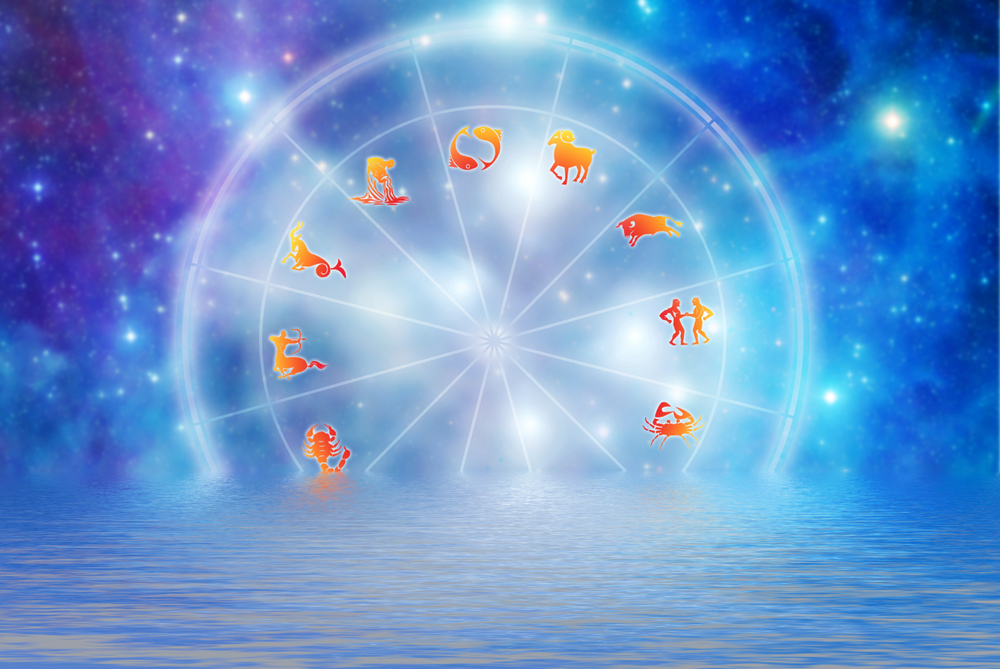
In an age guided by technology, science, and reason, it may be surprising to find people delving into astrology. However, interest in the divination method has gained popularity in the last several years. With many individuals exploring their planets and horoscopes, they’re also paying attention to their rising signs. For astrologers, this point in a natal chart offers key insights into an individual’s personality.
What Is the Rising Sign?
Both “rising sign” and “ascendant” refer to the same point in a person’s birth chart: the zodiac sign that was rising over the eastern horizon at the time of birth. AstroStyle calls the ascendant “the outer you” and adds that it impacts how people in our lives perceive us. Whether deliberately or not, our appearances and attitudes can influence the opinions others form about us. These qualities, astrologers say, are reflected in our rising signs.
To find your ascendant, you’ll need to know your exact time and place of birth. That’s because this point changes signs as our planet rotates on its axis and the Sun moves through the sky. In Western tropical astrology, each sign takes up 30 degrees of celestial longitude in the zodiac. Theoretically speaking, every sign should take about two hours to cross the horizon. However, astrologers have noticed that the ascension time can become longer or shorter at greater northern or southern latitudes due to Earth’s axial tilt.
The Ascendant in Your Natal Chart
If you’ve ever had your birth chart calculated, you’ve probably seen it as a circle divided into twelve signs and houses. You may have also noticed two lines that bisect the chart, one vertical and the other horizontal. Both lines connect opposite points on the chart, but the point at the left end of the horizontal line is your ascendant. It’s also the starting point for the twelve horoscope houses, with the first house always placed with the rising sign.
Rising Signs and Their Meaning
Sun sign astrology became popular in the twentieth century thanks to R.H. Naylor, a British astrologer who developed one of the first regular newspaper horoscope columns in the early 1930s. Smithsonian Magazine reveals that he’d offer generalized advice to people born under each sign when penning his horoscopes. He called them “star signs,” a term that stuck until the late twentieth century.
The public’s interest in astrology has become more sophisticated since then, but the focus on Sun signs remains. Astrologers point out that each person’s Sun sign points to the basic personality or ego, but other planets and signs reveal additional details. Vice senior astrologer Annabel Gat mentions that the ascendant is one of the “big three” signs, indicating who we are and how we choose to live our lives.
As part of that core trio, the ascendant speaks to how we each express ourselves. Depending on the individual, it can even mask the central personality reflected in one’s Sun sign. If you’re a hardworking no-nonsense Capricorn, for instance, having a Pisces rising sign can impart a dreamier and more sensitive aspect to your personality. On the other hand, the ascendant may strengthen tendencies already present with the Sun sign. A Leo with an Aries ascendant may seem more flamboyant, adventurous, and self-assured.
How Do You Express Yourself?
Whether or not you give any credence to astrology, it does offer fascinating insights into the human mind. Laden with symbolism and cultural meaning, it still has much to offer enthusiasts in the twenty-first century. If you find astrology to be valuable, knowing and studying your rising sign may help you better understand yourself. Along with other information in your birth chart, it can encourage you to be mindful of how you present yourself and affect how others perceive you.

